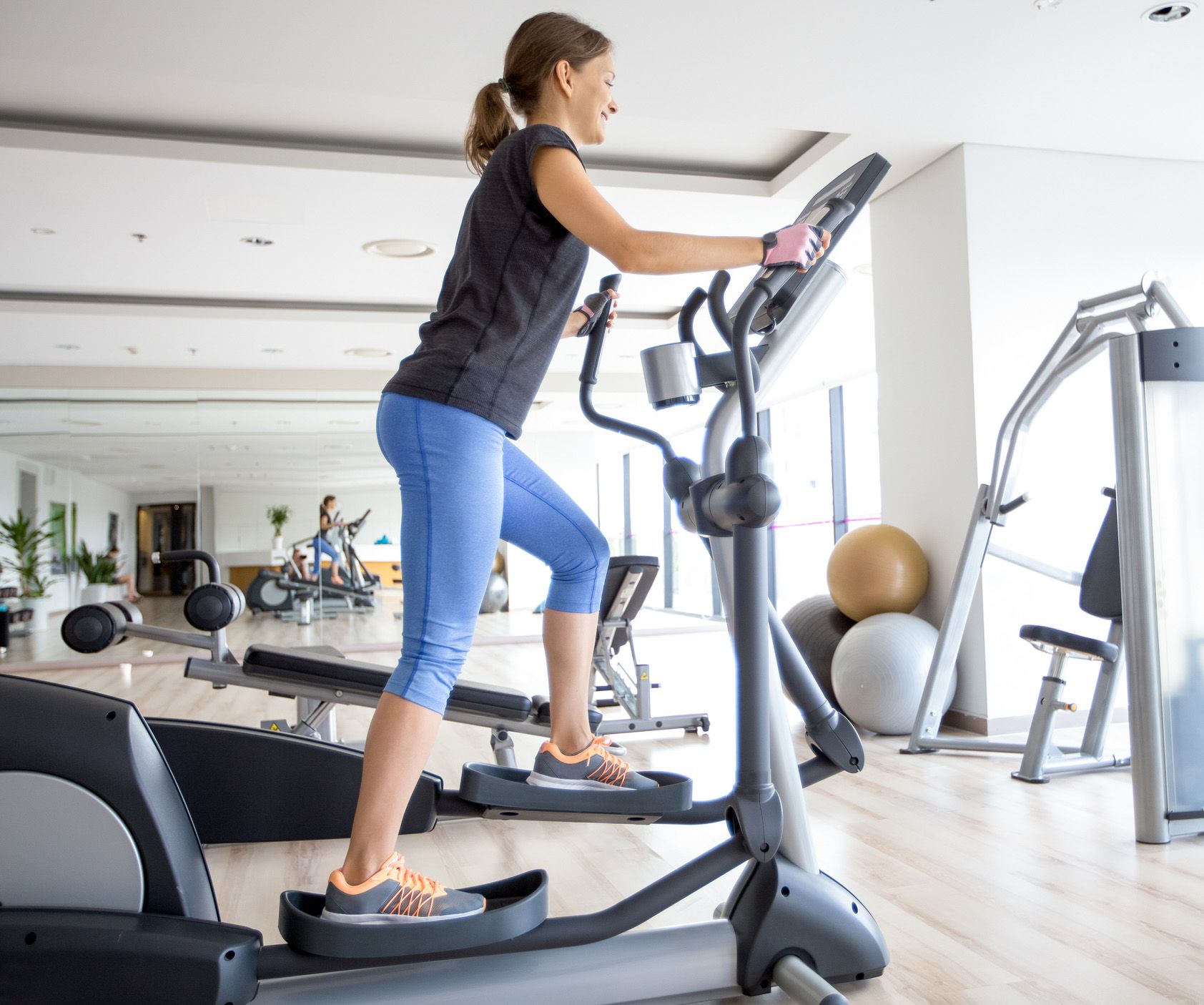Staying Healthy
Cross Training
Cross training is a way to vary your fitness program by combining different types of exercise activities. When working out, it is important to include a variety of exercises. Workouts without some variability increase your risk of sustaining an injury from repetitive strain or overuse. An ideal cross-training routine incorporates cardiovascular exercise, strength training, and flexibility exercises like yoga or Pilates.
Cross training has several benefits, including full body conditioning; improving skill, agility and balance; flexibility in training plans; and the opportunity to continue training while injured. The most important benefit of cross training is that it reduces the risk of injury, which is accomplished by working certain muscle groups while others rest.
Benefits
Cross training is a common training technique. It has several benefits, whether you are a competitive athlete or simply want to improve your overall fitness level:
- Cross training allows you to work muscles all over your body. Because you are not using the same muscles in the same way all the time — as you do when participating in single sport activities — you may experience fewer overuse injuries.
- Including a variety of activities in your fitness program will help prevent boredom. That can help you stick to the program.
- Exercising various muscle groups may help your muscles adapt more easily to new activities.
- If you do become injured, you usually will not have to give up your entire fitness program or interrupt your training routine. You may be able to modify or substitute activities, based on your doctor's suggestions.
How To Cross Train
Before beginning a new exercise program, talk to your doctor and make sure that it is safe for you to participate. Some activities are not appropriate for people with certain physical limitations.
All effective fitness programs have three components:
- Aerobic exercises (stair climbing, walking, skating) improve cardiovascular capabilities.
- Strength training (weightlifting, circuit training, push-ups) helps develop muscle strength and tone.
- Flexibility exercises (stretches, yoga, Pilates) help keep muscles loose and agile.
To reap the most benefit from exercise, you should do at least 30 minutes of moderate activity on most days. You can break the 30 minutes of activity into shorter periods as long as it adds up over the course of the day.
When developing a cross-training program, you should first consider what kinds of activities are readily available to you. Remember that physical activity is not limited to sports like jogging or weightlifting. Dancing, gardening, and housework count, too. Make sure that your list of activities includes aerobic, strength, and flexibility exercises. Choose activities that are both convenient and enjoyable.
A Sample Program
A balanced, weekly cross-training program might look like this:
- Aerobic exercise: Three times a week for at least 30 minutes. Alternate activities such as walking, swimming, dancing, and stair climbing.
- Strength training: Twice a week (not consecutive days) for at least 30 minutes, working each major muscle group. Try to do different exercises for each muscle group on alternate days, or use different resistance tools, such as free weights or stretch tubing.
- Flexibility exercise: Every day for at least 5 to 10 minutes. Stretching exercises may be done daily, but be sure to warm up your muscles with a short walk or other aerobic activity before you stretch.
An alternative may be to combine different activities into one day's aerobic workout. For example, you could combine 10 minutes of walking, 10 minutes on an elliptical trainer, and 10 minutes on a step climber. You may also decide to switch between upper body and lower body strength exercises on your strength training days.
On the days you do not have a specific workout planned, be sure to still get in your 30 minutes of activity — whether it be housecleaning, gardening, walking, or a combination of activities.
Watch Your Progress
Start slowly and gradually increase the duration, intensity, and complexity of your exercises. Try to follow the "10 percent rule": Increase how often, how long, and how intensely you exercise by no more than 10% each week. You can use a Daily Activity Log to record your progress.
You may not see results overnight, but cross training will have a beneficial effect on your health and fitness level. Regular physical activity increases your chances for a longer, healthier, and more independent life.
Contributed and/or Updated by
Peer-Reviewed by
AAOS does not endorse any treatments, procedures, products, or physicians referenced herein. This information is provided as an educational service and is not intended to serve as medical advice. Anyone seeking specific orthopaedic advice or assistance should consult his or her orthopaedic surgeon, or locate one in your area through the AAOS Find an Orthopaedist program on this website.







